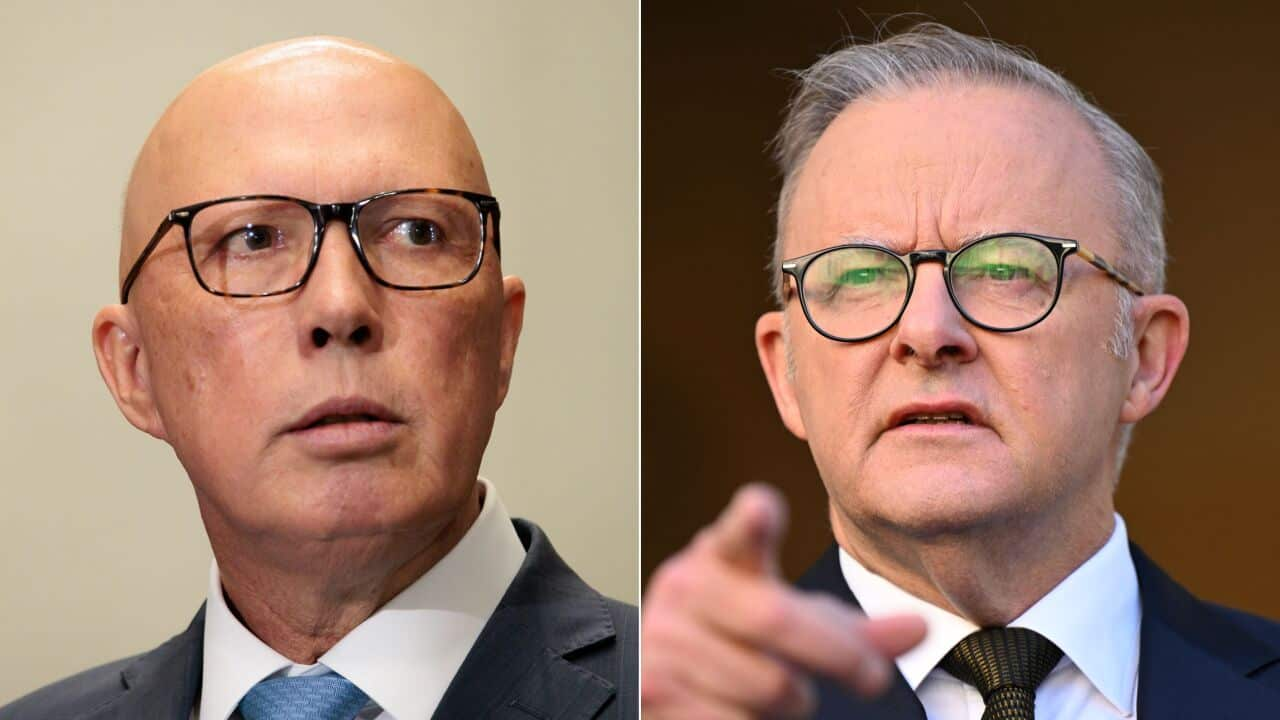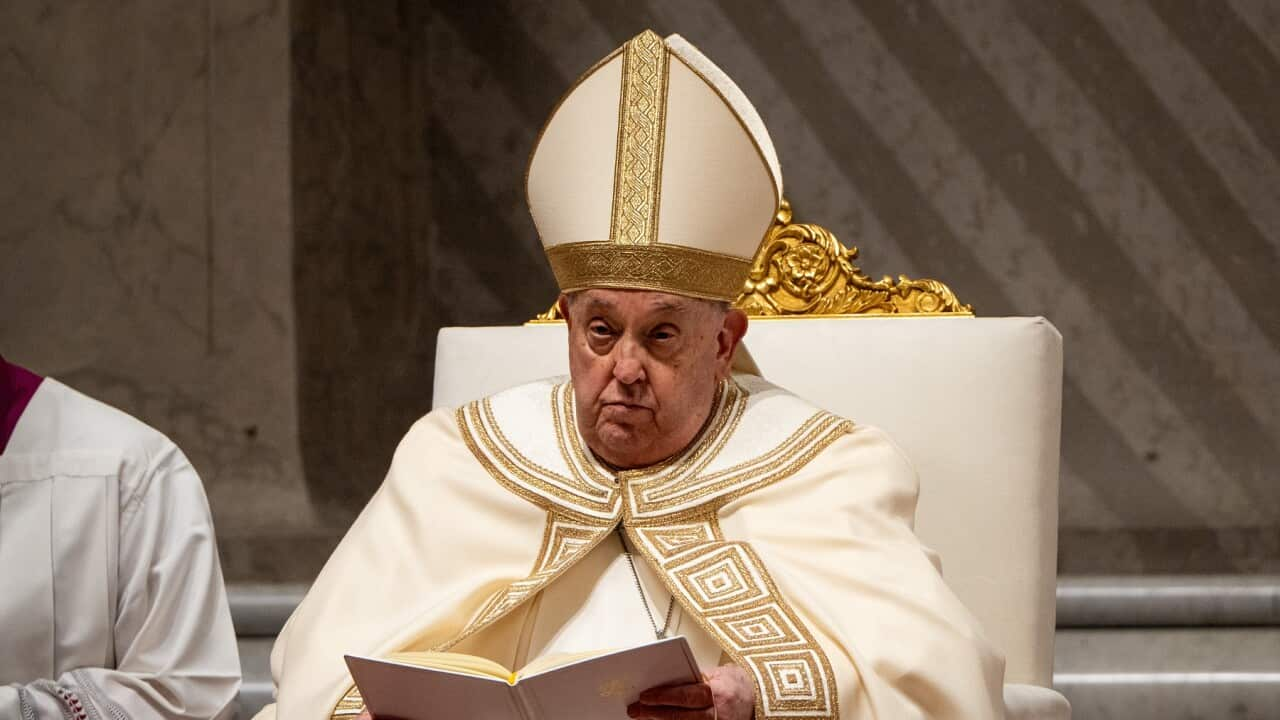Prawasi Bhartiya Diwas, also known as Indian Migrants Day, is marked every year to celebrate the contribution that overseas Indian communities have made to the nation of India.
It is a practice that began in 2003 and has been a continuous annual event across the world ever since.
The date it is celebrated on is of particular interest, as it was when the most famous migrant of India, the father of the nation, Mahatma Gandhi, returned to India from South Africa.
Thus, this day was chosen to celebrate Indian migrants all over the world.
Key highlights:
- Prawasi Bhartiya Diwas is celebrated on January 9 every year
- This year, Indian-Australian councillor Sidhant Vashisht is a panellist for a global event held online
- The day celebrates Indian migrant communities across the globe
Prawasi Bhartiya Diwas is an awaited celebration across Indian consulates, where meet and greets, cultural gatherings and evening events are held.
However, this year, with the COVID-19 pandemic still in effect, the event has been moved online.
The Indian government and consulates have planned and held several sessions during December 2020 and January 2021, a continuum set to culminate in a grand online event on January 9.
During an inaugural session, Indian Prime Minister Narendra Modi declared that the theme for this year would be ‘Atmanirbhar Bharat’ or a self-reliant India.
He further said, “The Indian diaspora is a 30 million-strong force. They’ve made important contributions in science, technology, music, literature, politics and business.”
Prawasi Bhartiya Diwas is a celebration of these contributions and more
Sidhant Vashisht is the first Australian-Indian councillor from the Northern Territory.
and settled in as a citizen. His love and curiosity for the Aboriginal culture was the reason he chose to settle in the territory.
This year, he stands to speak as a panellist from Australia in one of the more important discussions hosted during the online events of Prawasi Bhartiya Diwas - Bringing Together Young Achievers from India and Indian Diaspora.
Mr Vashisht believes the youth and the young leaders will shape the future of diplomacy between India and Australia.
He believes the Indian diaspora in Australia is the walking amalgamation of stories from both cultures and would act as the common thread that connects the countries.
He believes the youth from Indian communities in Australia should participate more in politics.
“We already have a blueprint of diplomacy in place.
“Youth must think about how they want to take it from potential to delivery. To be heard, you must first get in. That is what makes the impact.”
Mr Vashisht opines that the youth should approach life with perseverance and grit. For him, they are the keys to all struggle.
His takeaway from his own migration journey is that often, one foot before the other takes you where you need to be, provided you do not lose vision.
As a proud Indian-Australian, he says, “We are a 700,000 strong community in Australia, the second-highest tax-paying after the British. If this is not indicative of our strength and involvement, what is?”




